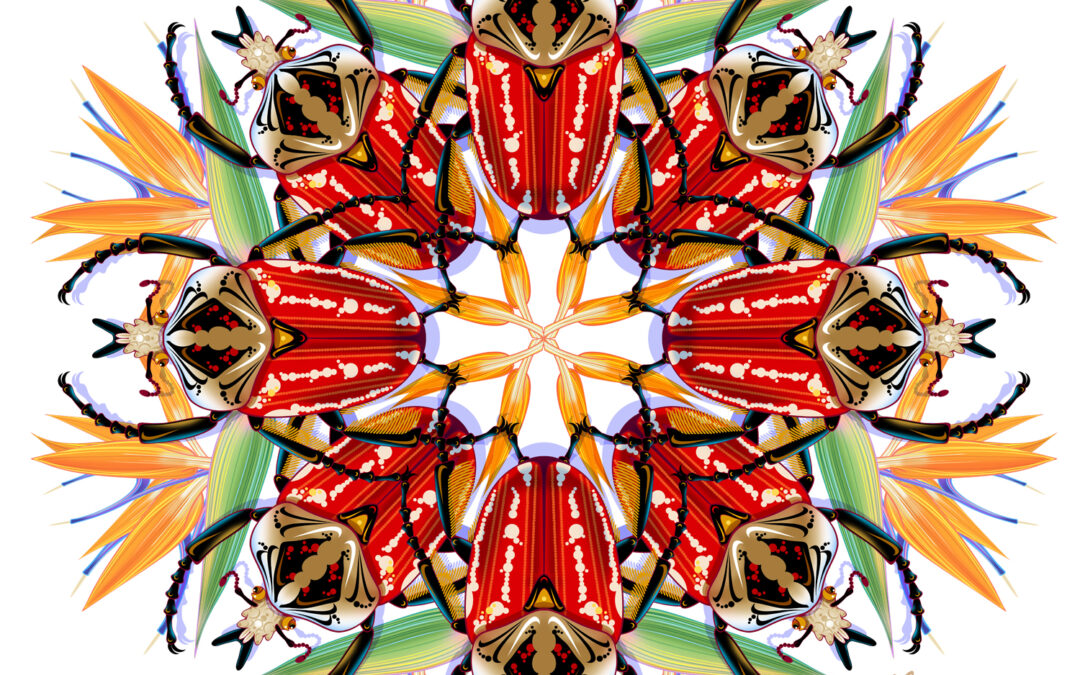Back in the day you could make your own beetle collection with metal molds, liquid latex rubber and a hot plate for young nature lovers like me. Mattel Toys came out with the Thingmaker Creepy Crawlers Bug Maker Kit in 1964. You can still find these kits on EBAY and yes I AM tempted by this recent discovery. Included in the box set were multiple metal 4″ x 6″ molds of everything creepy imaginable: multiple beetles and bugs, spiders, snakes, centipedes, rats, bats, lizards, and of course my favorite —frogs (see my blog on amphibians). Perhaps Mattel hoped an adult would oversee the bug making activity because there IS hot metal and hot latex involved. Nonetheless on Saturday nights when my parents went out, I made multiple rubber representatives of nature to my heart’s content with no adult supervision. You picked your favorite creepy candidate, poured into the mold either a solid mix of your favorite color of latex from a squeeze bottle or you could mix it up almost like tie dye and pour in multiple colors and end up with a one of a kind custom cool creation! Much like the easy bake oven your sister may have had, you slid the metal tray into the desktop oven and anxiously awaited what would soon emerge. Once the little rubber nymph was cooked you excitedly pulled the metal mold out and after a brief cooling period you scooped out a cuddly and wiggly new pet with special tools. With bug in hand you can chase your older sister around and revel in her screams! You can’t see the smile on my face but you can imagine this activity greatly contributed to my love of all things “Nature.”
The family of scarab beetles, Scarabaeidae, has over 30,000 species worldwide. Like all insects, members of this family have three body sections: a head, thorax and abdomen. Their muted or iridescent colored bodies are robust, domed and ovoid in shape and can grow in some species, like the Goliath beetle to lengths of six inches. Many scarabs have elaborate medieval-looking head gear of broad and pointed sword-like single horns or curved saber shaped antlers either single, forked or branching with many having tiny spikes and serrated edges. Financed by privileged and rabid insect collectors in the 1750’s, amateur naturalists traveled the world to embellish European curio cabinets with Coleoptra curiosities, chief among them the Goliath beetle. Consuming fruits and tree sap like many of its beetle kin, goliath beetles are important detritivores breaking down dead animal matter returning important nutrients to the earth “making recycling great” for over 300 million years!
Wander with wonder friends and fellow artists! For prints of this beetle and many more, roam around my shop and find prints of many beautiful and wonderful creepy crawlers including jewel beetles, stag beetles, macrodontia beetles, longhorn beetles, shield bugs, stink bugs, lady bugs, lightning bugs, and whirligigs.

